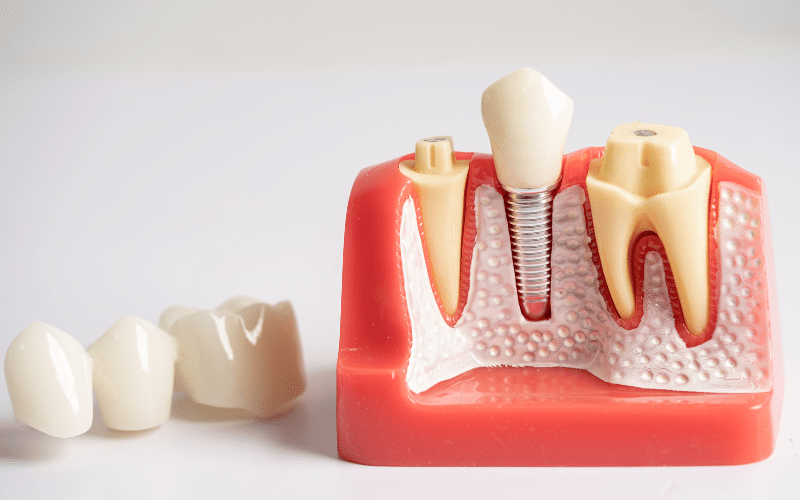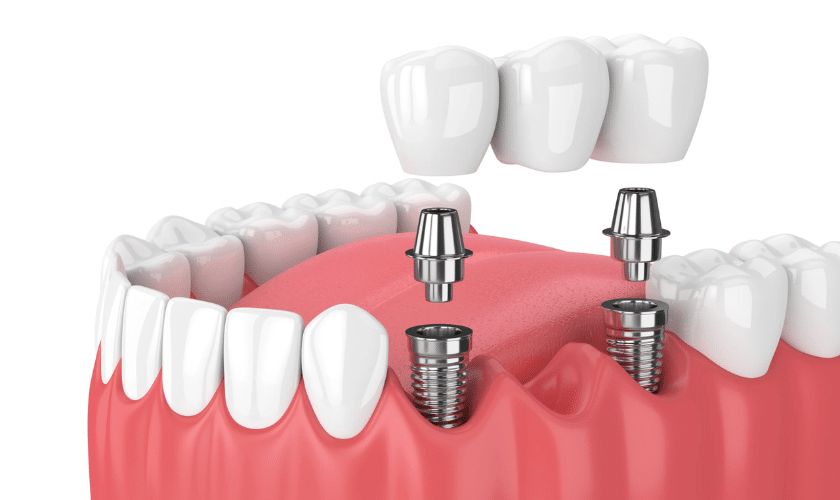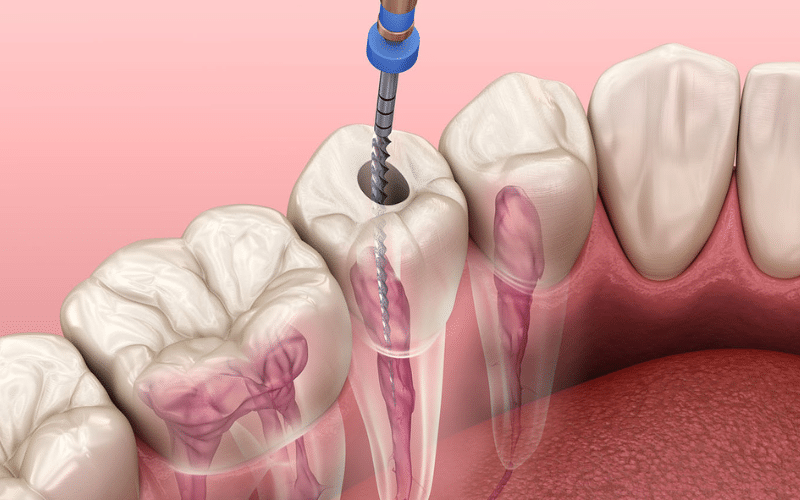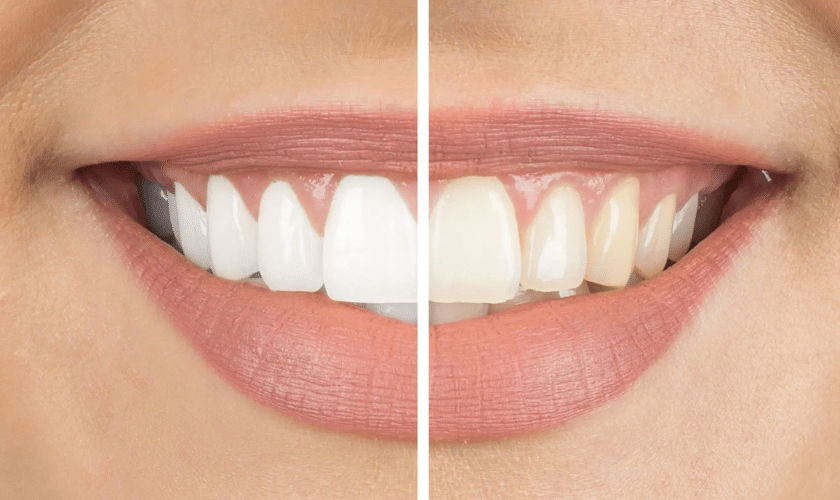
Root canals and dental crowns are frequently intertwined dental procedures, and while the idea of needing a crown after a root canal may be puzzling, this connection plays a pivotal role in ensuring the prolonged health of the tooth. The guidance of a dentist in Carthage becomes indispensable in navigating patients through these dental interventions. In this all-encompassing blog, we will delve into the complexities of root canals and crowns, shedding light on their significance and the compelling reasons behind their common pairing. Join us on an enlightening journey to demystify these dental procedures and gain a deeper understanding of their vital roles in preserving your radiant smile.
The Root Canal Procedure: Tackling Internal Challenges
A root canal is a dental procedure specifically designed to address issues within the tooth’s pulp – the innermost part that houses nerves and blood vessels. When the pulp becomes infected or inflamed, typically due to deep decay, a cracked tooth, or repetitive dental procedures, a root canal becomes essential to eliminate the infected tissue and alleviate associated pain.
While a successful root canal effectively resolves these internal issues, it does result in structural weakening of the tooth. The extraction of the pulp diminishes the tooth’s vitality, rendering it more susceptible to fractures and structural compromise over time. It’s crucial to recognize this trade-off and take proactive steps to reinforce and preserve the tooth’s integrity following the root canal procedure.
The Significance of Dental Crowns: Reinforcing and Safeguarding Treated Teeth
Following a root canal procedure, substantial changes occur in the treated tooth, demanding additional support to preserve its strength and functionality. This is where the crucial role of a dental crown comes into play.
Structural Reinforcement:
A dental crown’s primary function is to provide essential structural support to the tooth. The extraction of infected or inflamed pulp during a root canal leaves the tooth hollowed, compromising its internal structure. This vulnerability makes the tooth more prone to fractures or damage. By acting as a robust cap, the crown encases the tooth, preventing it from breaking under the pressures of biting and chewing.
Preventing Further Damage:
Despite resolving internal issues through a root canal, the outer structure of the tooth remains compromised. Without the protective shield of a crown, the tooth is susceptible to cracking, chipping, or fracturing, especially under the daily pressures of chewing. The crown serves as a shield, minimizing the risk of additional damage and preserving the tooth’s integrity.
Maintaining Tooth Functionality:
Beyond damage prevention, a dental crown ensures the continued functionality of the tooth. Following a root canal, the tooth’s ability to effectively chew and endure daily use is compromised. The crown restores this functionality, allowing the tooth to bear the load of biting forces without succumbing to strain.
Distributing Bite Forces:
Designed to distribute bite forces evenly across the tooth’s surface, dental crowns play a crucial role, particularly for molars and premolars subjected to significant chewing forces. By distributing these forces evenly, the crown helps prevent concentrated pressure points on the tooth, reducing the risk of fractures or breakage.
Preserving Adjacent Teeth:
A weakened tooth may influence the alignment of neighboring teeth over time. Without the stabilizing force of a crown, the treated tooth might shift, potentially creating gaps or misalignments in the dental arch. The crown acts as a stabilizer, preserving the proper alignment of adjacent teeth and maintaining the overall harmony of the smile.
Why Crowns Are Recommended Post-Root Canal:
Structural Integrity: Providing crucial structural support, crowns prevent breakage or fracturing, especially for molars and premolars enduring significant chewing forces.
Preserving Functionality: Crown placement ensures the maintained functionality of the tooth, which is vital for effective chewing and preventing shifts in adjacent teeth.
Sealing Out Bacteria: Crowns safeguard the tooth against bacteria, preventing further infection and addressing root causes.
Enhancing Aesthetics: Beyond functionality, modern dental crowns are aesthetically crafted to mimic natural teeth, seamlessly blending with the overall smile.
The Crown Placement Process:
Tooth Preparation: Reshaping the tooth to accommodate the crown securely and naturally.
Impressions: Taking impressions to create a customized crown matching the natural tooth in shape, size, and color.
Temporary Crown: A temporary crown is placed while the permanent one is being fabricated to protect the tooth.
Permanent Crown Placement: Affixing the securely fabricated permanent crown to the tooth.The relationship between root canals and crowns is symbiotic. While a root canal resolves internal issues, a crown steps in to fortify and preserve the tooth’s long-term health and functionality. Dentists in Gold River recommend crowns post-root canal as a preventive measure, ensuring treated teeth remain robust, aesthetically pleasing, and resistant to future complications. Whether considering a root canal or having undergone one, understanding the significance of crowns in the process is pivotal for maintaining a healthy and enduring smile.





